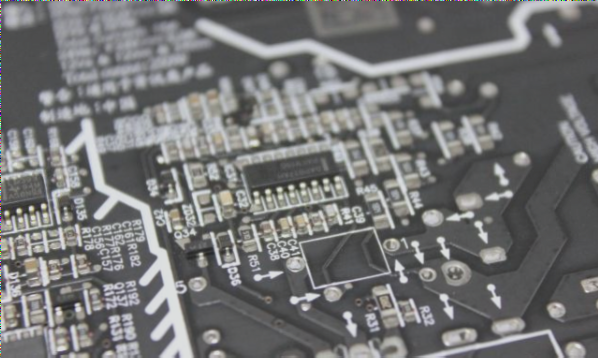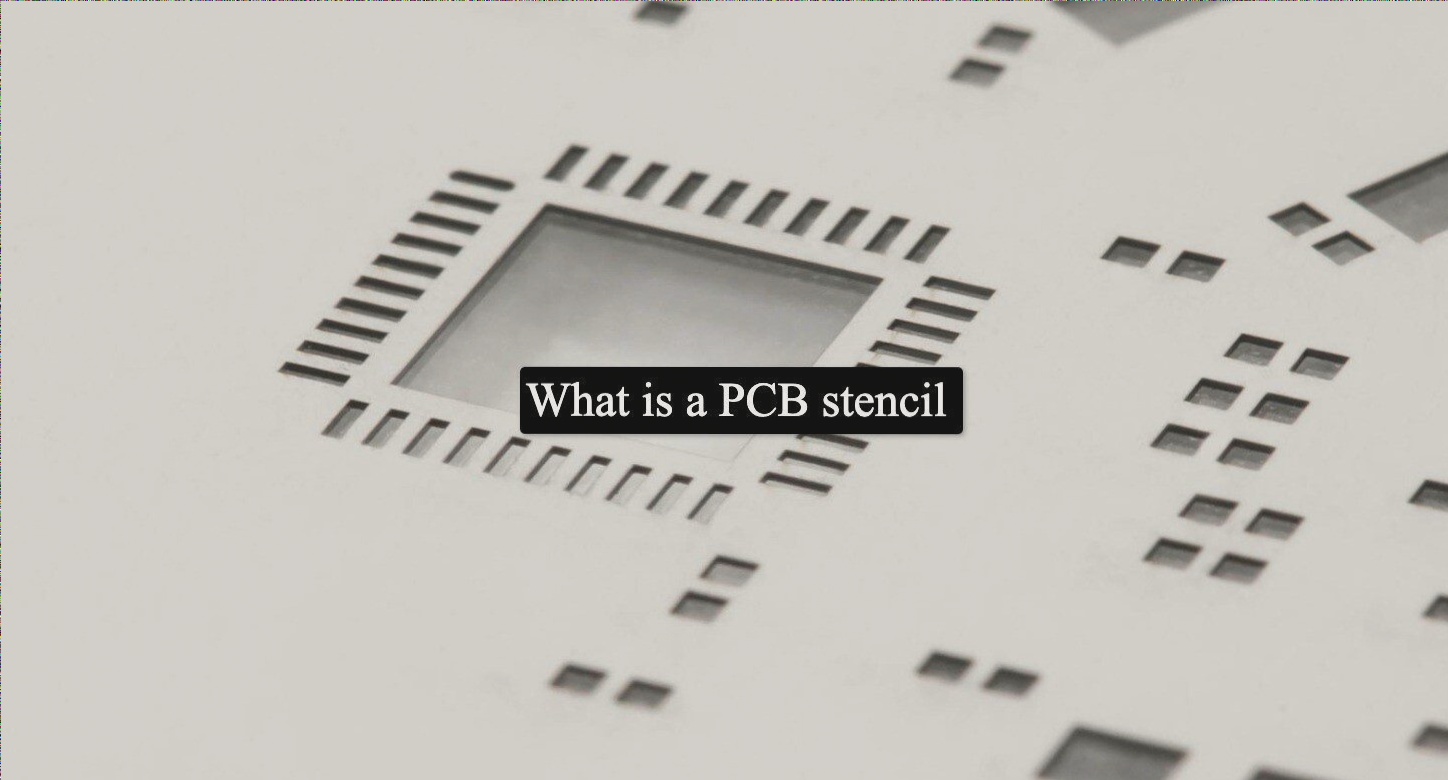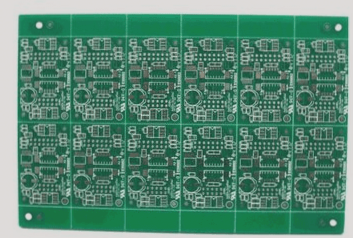Protecting PCB Circuit Boards with Three Proof Paint
Moisture Protection and Performance Enhancement
Moisture is a common enemy of PCB circuit boards, causing insulation resistance reduction, high-speed decomposition acceleration, Q value lowering, and conductor corrosion. Coating circuit boards with three-proof paint can mitigate these issues, offering comprehensive protection in adverse environments.
Composition of Three Proof Paint
- Acrylic Products: Acrylic tri-proof paint is a versatile option with good adhesion, high transparency, and quick drying properties. It meets military standards and can be easily removed with organic solvents.
Understanding Toxicity
The toxicity of three-proof paint depends on the thinner and solvent used. Paints containing toluene or xylene can be harmful, while those with lipids or alcohols are less toxic. Despite the availability of environmentally friendly options, protective measures should always be taken during application.
Application Methods
- Brushing: Universally applicable for excellent coating on smooth surfaces.
- Spraying: Suitable for maintenance and production, but requires precise operation to avoid shadowing.
- Automatic Dip Coating: Ensures complete coverage and minimizes material waste.
- Selective Coating Film: Precise method ideal for large batches, requiring advanced equipment.
Operation Process Requirements
- Clean and Bake the Board: Remove moisture and contaminants for optimal paint adhesion.
- Apply by Brushing Method: Ensure complete coverage of devices and pads.
- Brushing Technique: Smooth application with no exposed areas.
- Preparation of Paint: Thorough mixing and viscosity adjustment as needed.
- Immersion Process: Careful vertical immersion to prevent excessive bubbling.
- Post-Dipping: Remove any surface skinning before use.

Curing Process for PCB Coating
- Curing: After brushing, place the board flat on a support for curing. Use heating to accelerate curing. If the coating is uneven or contains bubbles, place the board in a high-temperature oven to cure longer at room temperature to allow the solvent to evaporate.
Precautions for PCB Coating
- Coating Thickness: For a thicker coating, apply two thin layers, allowing the first layer to dry completely before applying the second layer.
- Non-Coated Areas: Avoid coating general connectors, software sockets, switches, heat sinks, heat dissipation areas, and plug-in areas. Use a tearable solder mask to cover these areas.
- Film Thickness: The thickness of the film depends on the application method. A higher amount of thinner results in a lower viscosity and a thinner coating, whereas a lower amount results in a thicker coating.
- Environmental Conditions: Perform all coating operations at temperatures no lower than 16°C and relative humidity below 75%. PCB materials can absorb moisture, which can affect the protective performance of the paint. Pre-drying and vacuum drying can help remove most moisture.
Repairing Coated PCB Devices
To repair a coated device, use a soldering iron to carefully remove the coated PCB component. After installing the new component, clean the area with a brush or solvent, then dry it before reuse. Ensure the paint application is performed correctly.



